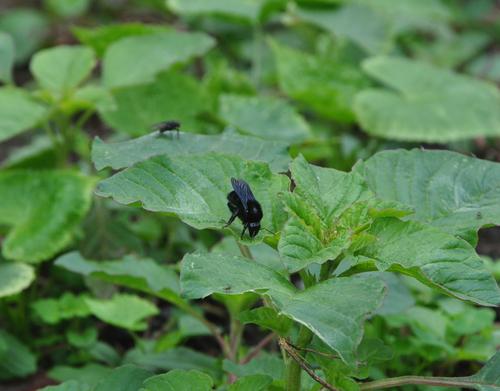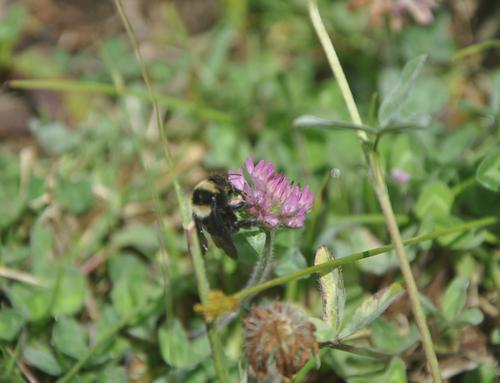Julian F Peña Polania
Our first aim is to evaluate the status of one of the most widely distributed bumblebee species in Colombia, Bombus atratus. For this, it will be show how the genetic variability of the populations of these bumblebees are affected because of the fragmentation processes generated by intensive farming and extended livestock.
The second aim is to assess the level of knowledge of farmers about pollination by insects as an ecosystem service and, to understand how farmers appreciate these ecosystem services for their livelihood improvement. The goal is to be able to pass information in a clear and pedagogical way.

In recent decades the decline of bumblebee populations has been of great interest, due to the ecological role that these insects play on crops and wild plants. Colombia is a country highly dependent on agricultural products, despite this, there are few studies aimed to the knowledge and care about bumblebees as well as its importance as pollinators.

© Ana Isabel Rios.
This project has two aims, the first, is to evaluate the status of one of the most widely distributed bumblebee species in Colombia, Bombus atratus; and how the genetic variability of the populations of these are affected because of the fragmentation processes generated by intensive farming and extended livestock. I hypothesized that populations that are in fragmented areas have a greater risk of local extinction from intrinsic factors as genetic drift and inbreeding, this last one is important because bees are haplodiploid and associated with this the complementary sex determination can lead to the production of sterile diploid males when population sizes are small, placing a genetic burden on the bumble bee populations.
The second one, is to assess the level of knowledge of farmers about pollination by insects as an ecosystem service and, to understand how farmers appreciate these ecosystem services for their livelihood improvement. Educational talks will be given to farmers, community members and children, in order to achieve a change in thinking and encourage a balance between agricultural production and conservation.